Fitness
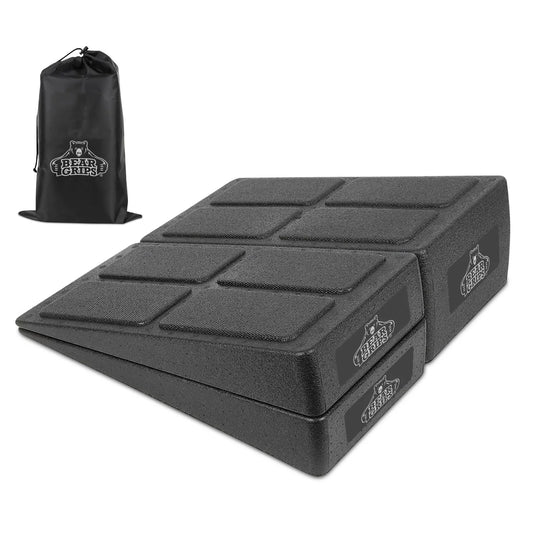
How to use squat wedge blocks?
Read our guide about how to use squat wedges blocks. Visit Bear Grips to buy high-quality and affordable fitness products.
How to use squat wedge blocks?
Read our guide about how to use squat wedges blocks. Visit Bear Grips to buy high-quality and affordable fitness products.
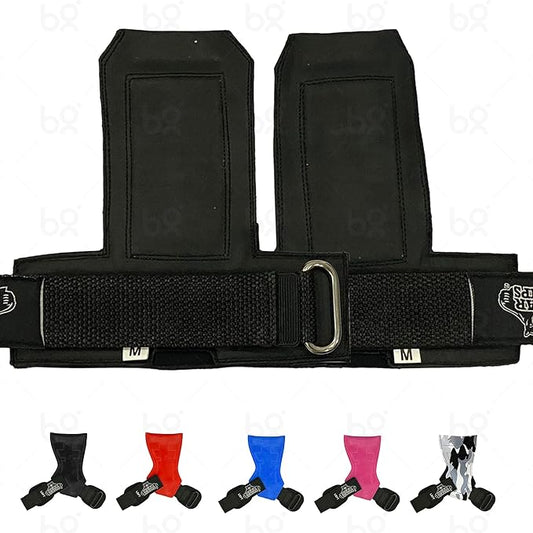
Lifting Straps How to Use: A Complete Guide
Master the correct use of lifting straps with our comprehensive guide to enhance your grip strength and weightlifting technique safely and effectively.
Lifting Straps How to Use: A Complete Guide
Master the correct use of lifting straps with our comprehensive guide to enhance your grip strength and weightlifting technique safely and effectively.
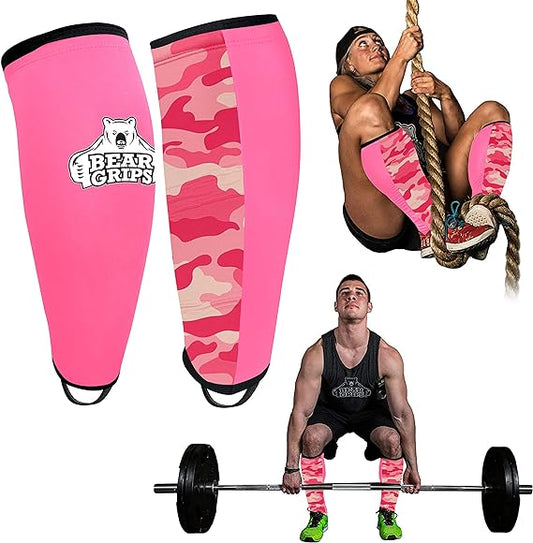
Reasons to Use Shin Sleeves for Running
Discover the benefits of shin sleeves for running – improve circulation, reduce injury risk, and enhance recovery for peak performance. Get yours today!
Reasons to Use Shin Sleeves for Running
Discover the benefits of shin sleeves for running – improve circulation, reduce injury risk, and enhance recovery for peak performance. Get yours today!

Ankle Compression Sleeve for Swelling
Experience relief from swelling with our ankle compression sleeve, designed for maximum support and comfort. Ideal for recovery and daily wear.
Ankle Compression Sleeve for Swelling
Experience relief from swelling with our ankle compression sleeve, designed for maximum support and comfort. Ideal for recovery and daily wear.
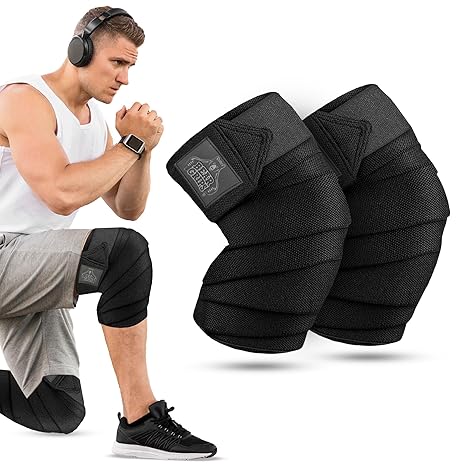
Reasons Why You Need Knee Wraps
Discover the benefits of knee wraps for enhanced support, improved performance, and injury prevention during your workouts and heavy lifts.
Reasons Why You Need Knee Wraps
Discover the benefits of knee wraps for enhanced support, improved performance, and injury prevention during your workouts and heavy lifts.
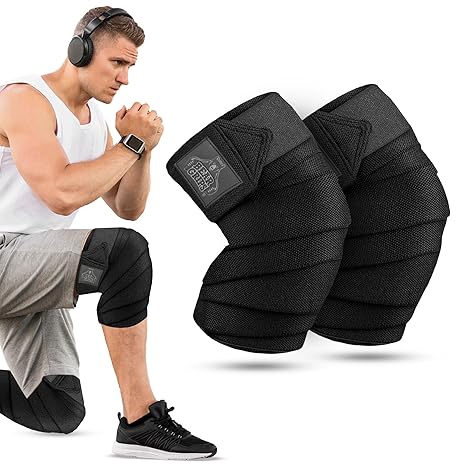
Use of Knee Wraps for Squats
Enhance your squat performance with knee wraps for squats. Discover the benefits and how to properly utilize them for optimal support and stability.
Use of Knee Wraps for Squats
Enhance your squat performance with knee wraps for squats. Discover the benefits and how to properly utilize them for optimal support and stability.


